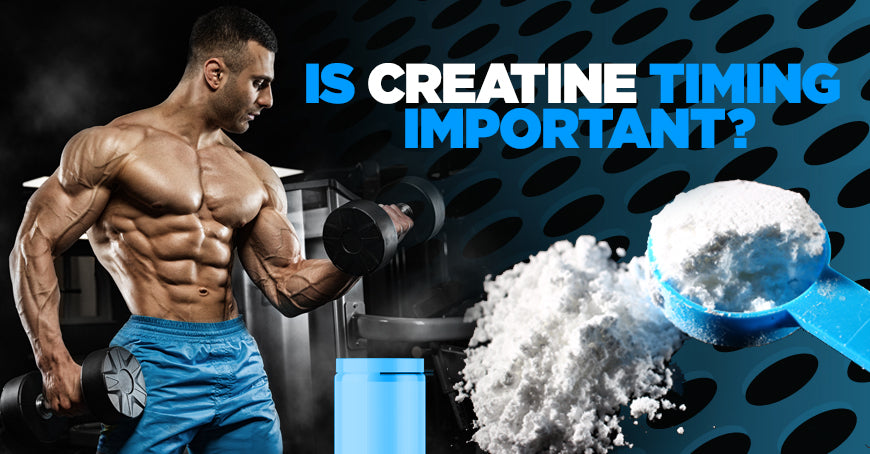
Athletes can (and will) argue all day about the relative benefits of every sports nutrition supplement under the sun. When it comes to creatine, however, that debate is largely over. Creatine plays a key role in synthesizing adenosine triphosphate (ATP) in muscle tissue, a compound that releases energy used for muscle contractions, which in turn boosts strength, overall athletic performance, and, in time, increased muscle mass. More than twenty years on from creatine’s ascension into the first rank of supplementation options, there can be little doubt about its indispensability for athletes. If you’re not using creatine, you should be. Literally hundreds of clinical investigations have identified creatine’s positive effect on strength, size and workout performance.
Still, though, fitness-conscious people have questions. One is which form of creatine is best. We’ve always stated our preference for creatine monohydrate, simply because that is the form of creatine that has been used in the vast majority of studies that have validated the compound’s efficacy. Esterified and buffered creatine have their fans, but we are aware of no studies that attach any significant added strength or performance benefit to these modified forms of creatine, and their significantly higher cost seems to us unwarranted.
The second question people ask us is, “When should I take creatine?” Here the consensus is much less clear. In the old days, much was made of the need for “creatine loading,” a primary phase in which people were urged to take as much as twenty grams of creatine for a five-day period to “top off” creatine stores in muscle tissue, then modulate down to three-to-five grams of creatine per day afterward.
Is this necessary? Well, perhaps. Maybe your existing creatine stores are precariously low because you never eat red meat, so you really need to give them a boost. Maybe, somehow, you’re really pressed for time and need to get up to top creatine capacity ASAP. The truth is, however, your muscles can only assimilate and store so much creatine and the rest goes to waste. Today’s creatine monohydrate products are so pure and potent (unless you’re buying some inferior bargain creatine at the grocery store sourced from Chinese or Russian suppliers) that a more gradual loading phase (10 grams per day) or no loading phase at all will still get you to the same place in, at most, a few weeks. It’s up to you.
And then there’s the question of taking creatine before your workout, after your workout, or whenever. A few years ago, there was a study published in the Journal of the International Society of Sports Nutrition which purported to show that post-workout creatine supplementation was the superior method. A closer look at the actual results, however, showed that the outcomes associated with pre-workout and post-workout supplementation of creatine, as quantified by body composition and 1-RM bench press, were virtually equal. The real takeaway from that study is that creatine supplementation provided real increases in muscle strength and muscle mass for both groups of test subjects.
The truth is, the issue of nutrient timing isn't nearly as consequential for creatine supplementation as it is for, say, protein supplementation. A single 30-gram serving of protein will trigger a surge of protein synthesis that will last approximately three hours. After that, your body will slip into a negative protein balance and start breaking down muscle tissue for fuel. Creatine stores in muscle, on the other hand, don't fluctuate nearly as much. As long as you're taking your three-to-five gram daily dose of creatine monohydrate, you should have adequate creatine stores on hand to support the kind of high-intensity resistance training that leads to significant gains. In short, take creatine whenever, as long as you take it.
Antonio, J., & Ciccone, V. (2013). The effects of pre versus post workout supplementation of creatine monohydrate on body composition and strength. Journal of the International Society of Sports Nutrition, 10(1), 36.